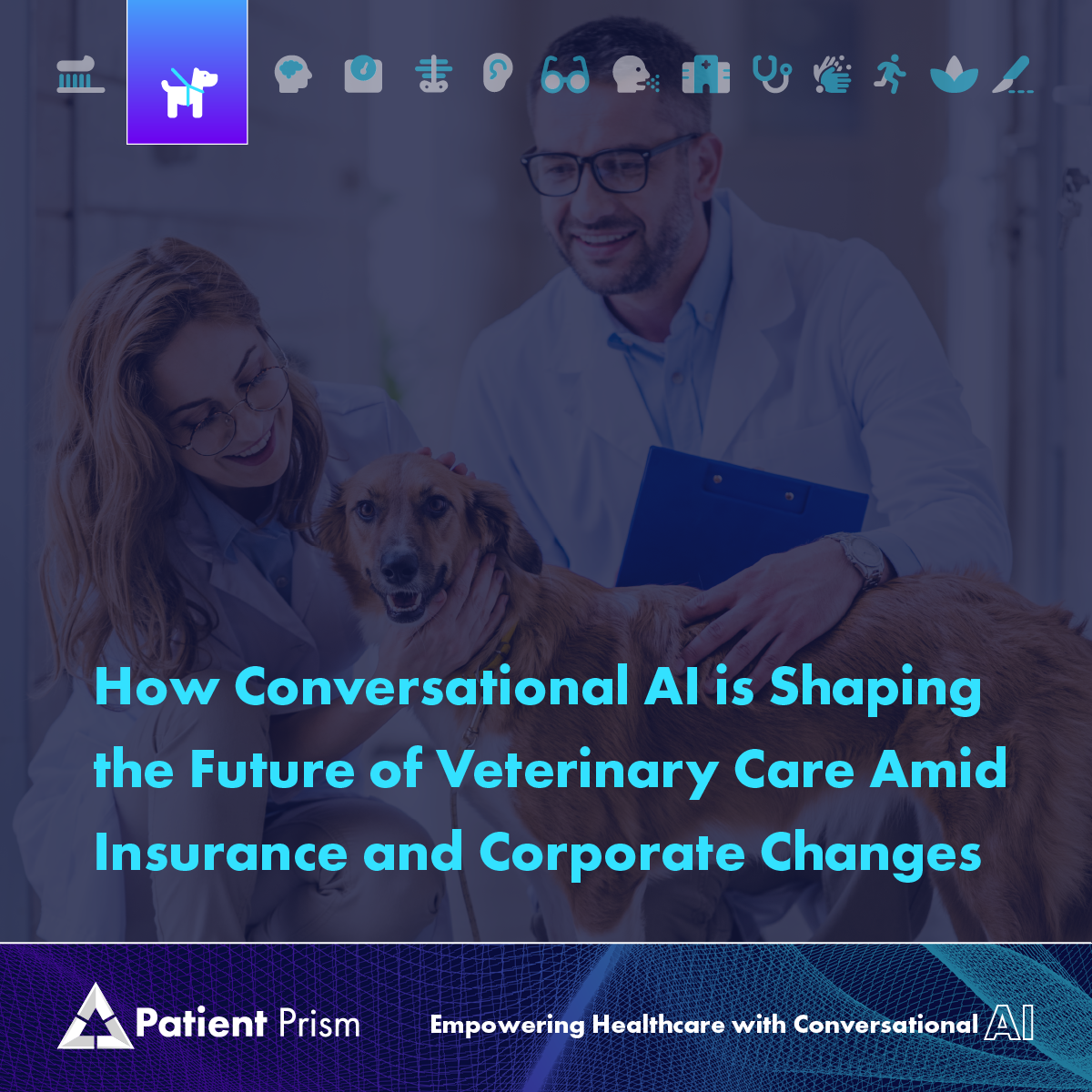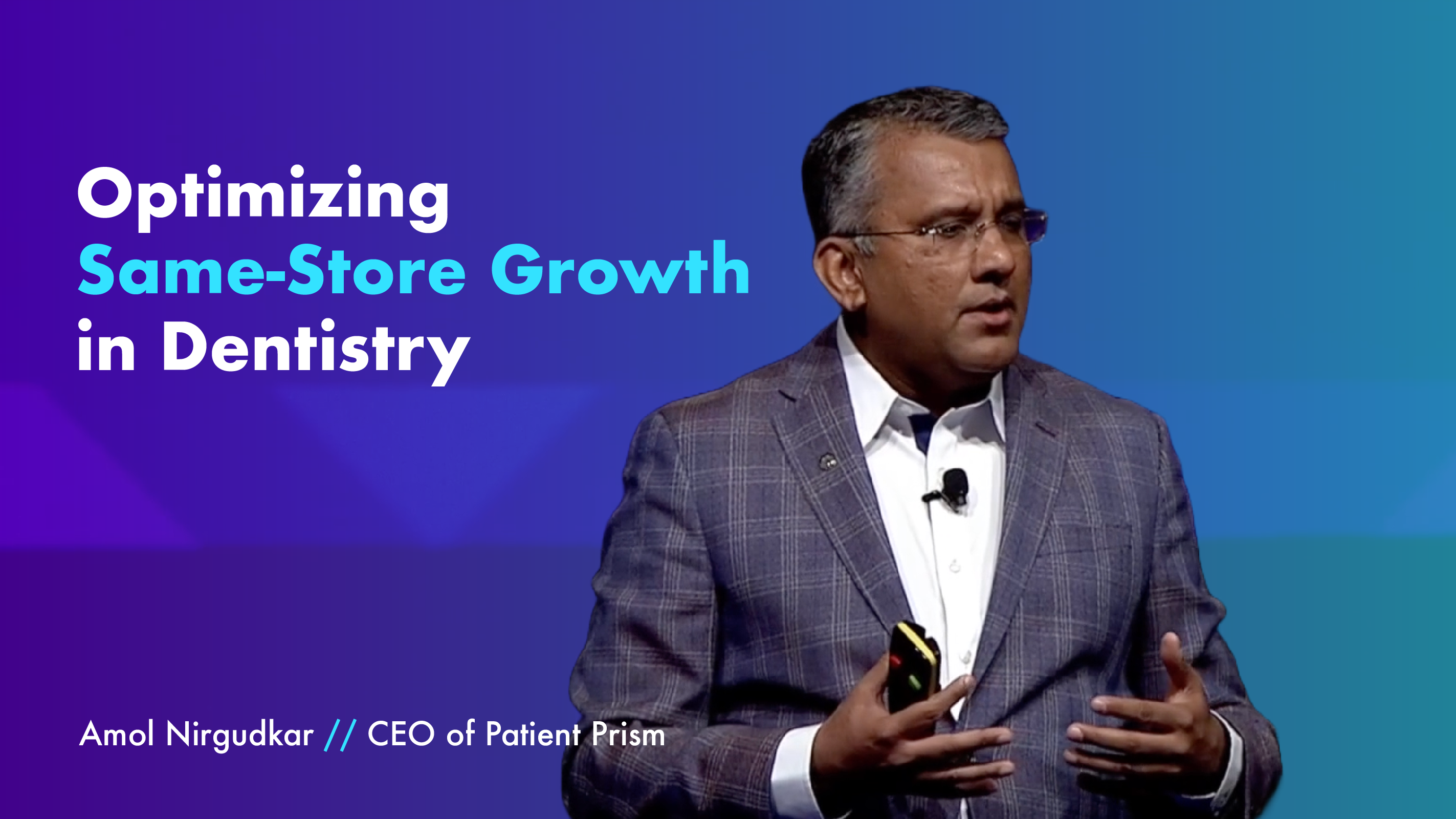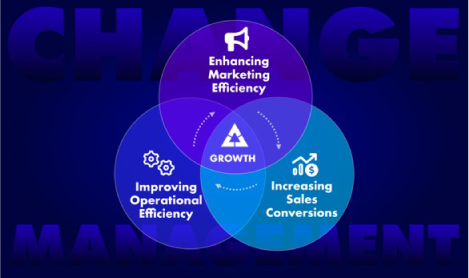Conversational AI in Veterinary Care. The veterinary services industry is undergoing significant transformation, driven by the increasing popularity of pet insurance and the consolidation of practices into larger corporate entities. These developments are reshaping the veterinary care landscape, presenting both challenges and opportunities. Conversational AI is poised to play a crucial role in this evolving scenario, enhancing the efficiency and effectiveness of veterinary practices.
Conversational AI in Veterinary Care: Impact of Pet Insurance
The surge in pet insurance adoption is influencing veterinary operations in several ways:
- Increased Demand for Advanced Treatments: As more pets are insured, owners are more inclined to pursue advanced, often costly, treatments, confident that insurance will cover a substantial portion of the expenses. This shift can boost revenue for practices equipped to offer such services.
- Administrative Complexity: With the growth in insured pets comes an increase in administrative tasks, including claims processing and communication with insurance providers. Veterinary practices must enhance their administrative systems to manage these complexities efficiently.
- Elevated Customer Expectations: As pet owners grow accustomed to the benefits of insurance, their expectations for high-quality care and exceptional customer service rise. Practices need to improve their service offerings to meet these heightened expectations.
Corporate Consolidation of Practices
The trend towards corporate consolidation is characterized by larger companies acquiring smaller, independent veterinary practices. This movement brings several advantages and challenges:
- Economies of Scale: Corporate groups can leverage better prices for equipment and supplies, afford advanced technology, and offer a broader range of services than individual practices.
- Professional Management: These entities often introduce professional management expertise that enhances business operations, marketing, and customer service.
- Competitive Pressures: Independent practices may struggle to compete with the marketing prowess and pricing strategies of corporate entities, necessitating a focus on niche markets or specialized care to provide unique value.
Conversational AI in Veterinary Care: Role of Conversational AI
Conversational AI can be a significant asset in navigating these industry shifts:
- Streamlining Operations: AI automates routine tasks like scheduling, customer inquiries, follow-ups, and managing insurance claims, reducing the administrative load and allowing staff to concentrate on patient care.
- Enhancing Customer Engagement: AI-powered chatbots offer personalized communication at scale, providing health tips, preventive care reminders, and insurance claim updates, thus boosting customer satisfaction and loyalty.
- Data Analytics: AI tools can analyze vast data sets from clinical operations to offer insights into business performance, customer behaviors, and treatment outcomes, aiding in strategic decision-making.
Conversational AI in Veterinary Care. The integration of pet insurance and corporate consolidation marks a significant evolution in the delivery and management of veterinary services. Conversational AI offers potent tools for veterinary practices to adapt effectively, automating administrative duties, enhancing customer service, and delivering insightful analytics. As the industry continues to evolve, practices that leverage these technological advancements are well-positioned to thrive in the changing landscape.







